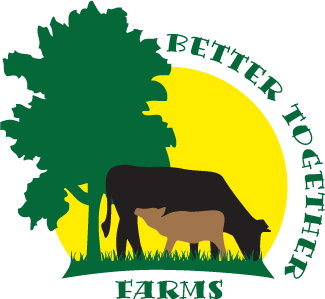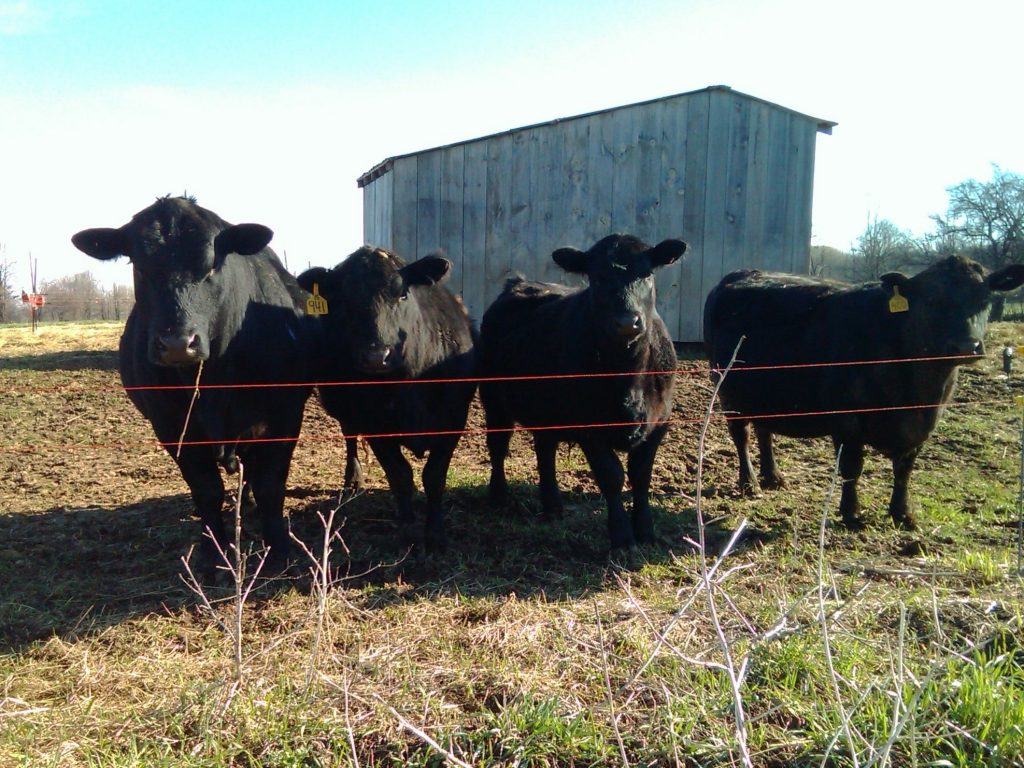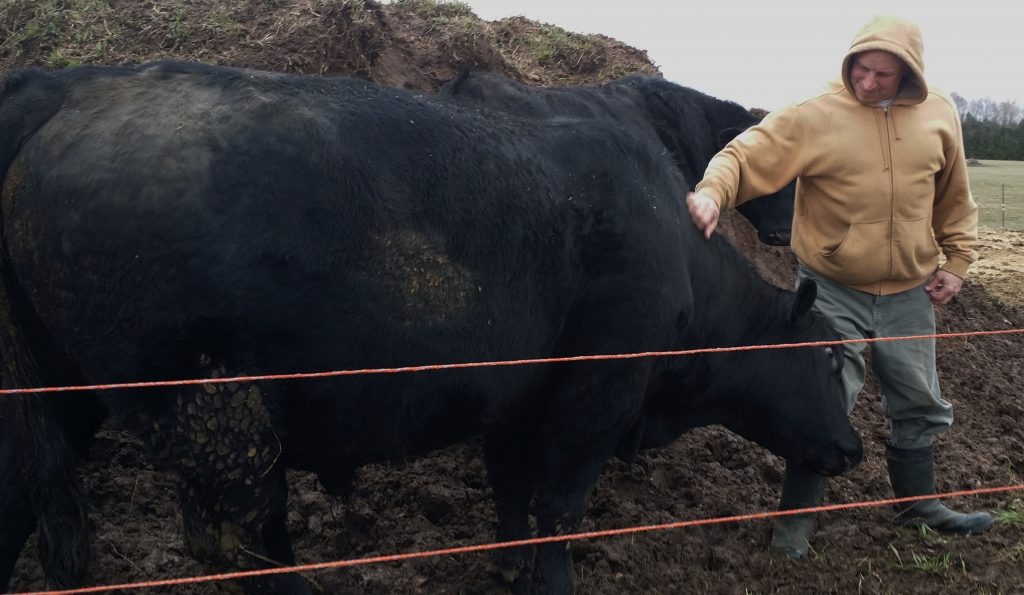A 15 Oct 2019 article published by the British Veterinary Association reveals how an accounting error vastly overestimates the impact of methane to global warming in the IPCC's analyses.
Issue
While carbon dioxide (CO2) and nitrous oxide (N2O) are active in our atmosphere for many human generations, methane – a powerful, but short-lived, greenhouse gas – is broken down in about a decade. This means that the methane emissions of a herd of 100 cows today are simply replacing the emissions that were first produced when that herd was established by a previous generation of farmers. There was an initial pulse of warming when the herd was established, but there is no ongoing warming from that herd.
ibid
Impact
Under the new, updated metric, GWP*, the greenhouse gas emissions from UK agriculture fall from 46.5 MtCO2e [millions of metric tonnes of carbon dioxide equivalent] in 2016, to just 9.5 MtCO2e*. Warming from CO2 and N2O across that period are the same as previously reported, but methane is recalculated as -10.6 MtCO2e*. That’s a negative emission value, because methane levels have fallen since the base year of 1996.
The transformation in the results is staggering. By accurately measuring the impact of methane, agriculture’s emissions under GWP* are just 20% of their original value.
ibid
Consequences
Cattle and sheep are not the enemy – instead it’s high-yield, high-fodder (maize [corn], soy and cereal) production systems, which are driving humanity towards the precipice. Benefits under GWP* are gained through well-managed grass-based agriculture; by a diverse patchwork of rural businesses, and the restoration and maintenance of rural economies. We can still eat meat and dairy, as part of a new era diet that includes greater nutritional diversity, but also restore natural balance on all farm land.
ibid
Robust Science
The research was conducted by "...a global team of IPCC [Inter-governmental Panel on Climate Change] researchers based at Oxford University" and "...was well received at COP 24 in Katowice". Here is the peer-reviewed source article published in the June 2018 edition of Climate and Atmospheric Science and here is the four page brief.
[The COPs are annual gatherings of the climate community. More info at https://www.iisd.org/library/what-is-cop25-we-have-answers.]
My Takeaways
- The big benefits come from "well-managed grass-based agriculture". That means ruminants such as cattle, sheep, goats, bison, and horses (who eat grass but technically aren't ruminants). It further means grass only like Better Together Farms' beef.
- Most of the other ways humans get our calories and protein are worse for the environment. Pork and poultry are almost always fed rations composed mostly of corn, soy, and cereals. There are no wild sources of seafood which have not already been overfished, and farmed salmon have been genetically modified so they eat corn. Soy weighs heavily in mostly vegetarian and vegan proteins (including new meat-like products). Almost all the food for sale in grocery stores outside of the produce section is mostly made of corn and soy.
- Grass only dairy is the holy grail of grazing: it is very difficult to manage cattle and pastures to approach the high output of intensified dairy operations.
- If we ever stop externalizing pollution and other environmental impacts from economics, expect to pay about what I charge for food. The currently dominant model of agriculture in Canada is fossil fuel intensive, using 10 calories of fossil fuel for every calorie of food produced. Economic imperfections lead industry groups and governments to believe that this is an optimal or necessary way to feed our society. If we include the externalities so everyone sees the true and total costs of production, then cheap food won't be nearly so cheap.
- The finding in this article (and both current and revised methodologies for measuring climate change impact) does NOT account for the additional environmental benefits of carbon sequestration caused by soil fertility improvement of cattle managed the way we manage at Better Together Farms.
- Thanks to Thorsten Arnold for pointing me to the BVA article.


